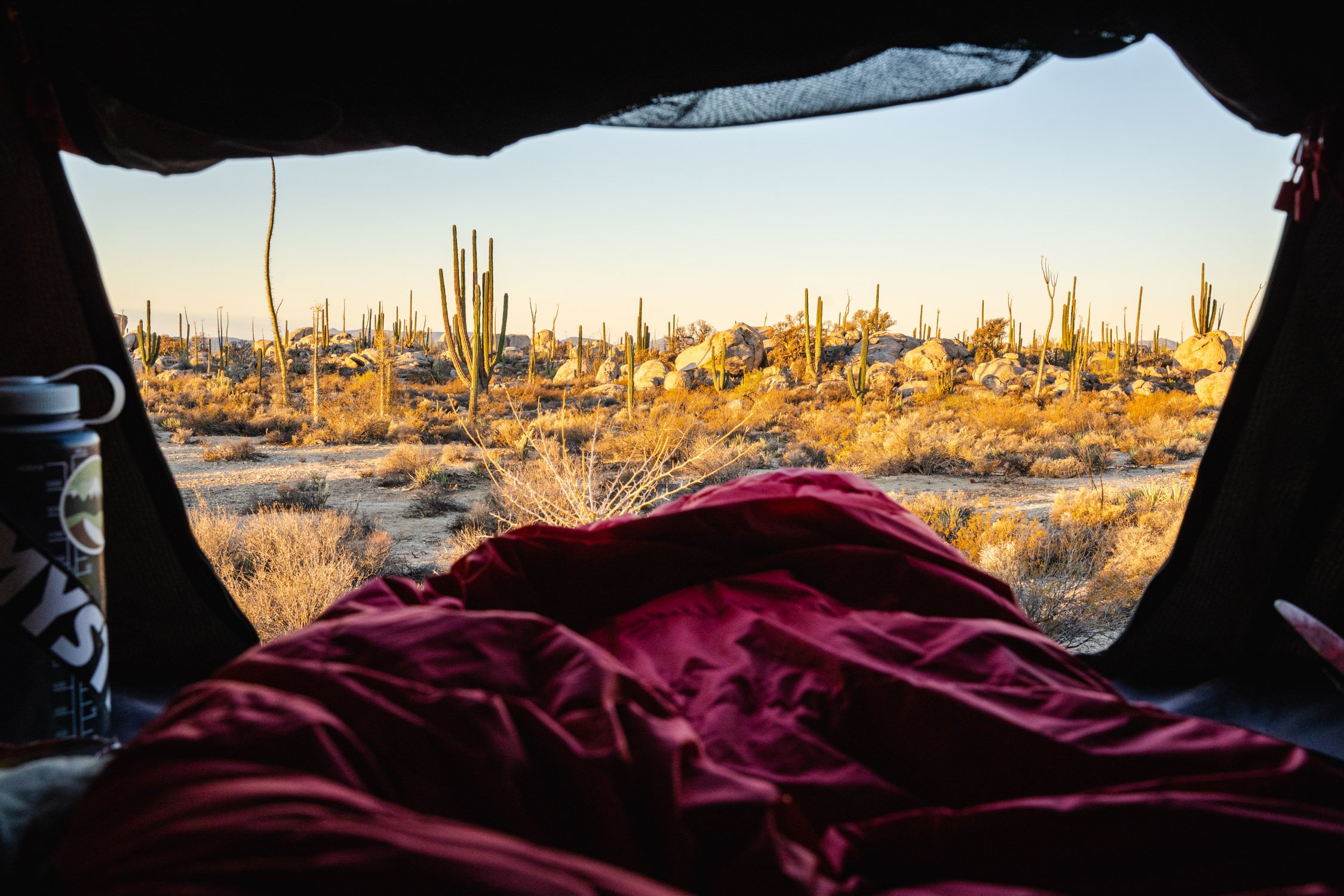Snowshoeing offers a peaceful yet exhilarating way to explore winter landscapes, allowing you to venture into snow-covered trails and untouched wilderness. For beginners, snowshoeing is an accessible winter sport that doesn’t require a steep learning curve, making it a perfect entry point into the world of winter adventures. However, to make the most of your snowshoeing experience, it’s important to be prepared and informed. In this guide, we’ll share 12 essential tips to help beginners navigate the snow with confidence and enjoy their snowy adventures to the fullest.
A moment of elation when seeing Yosemite Valley in the winter from the rim. Photo by Dalton Johnson
Background:
Snowshoeing has been around for thousands of years, originally used by indigenous peoples in snowy regions as a mode of transportation during the winter months. The design of snowshoes allows for even weight distribution, preventing the wearer from sinking into the snow and enabling efficient travel across snowy terrain. Over time, snowshoeing evolved from a necessity into a popular winter sport, offering a way for outdoor enthusiasts to stay active and connected with nature even when the trails are blanketed in snow. Whether you’re planning a peaceful walk through the woods or a challenging hike in the mountains, snowshoeing opens up a world of winter adventure.
12 Pro Tips for Beginner Snowshoers:
1. Choose the Right Trail
When starting out, it’s important to choose a trail that matches your fitness level and experience. Opt for well-marked, beginner-friendly trails that are relatively flat and avoid areas with steep inclines or technical terrain. As you gain experience, you can gradually explore more challenging routes. Starting on an appropriate trail will make your first snowshoeing experience enjoyable and set you up for success.
2. Dress in Layers
Winter weather can be unpredictable, and snowshoeing is an activity that can generate a lot of body heat. Dress in moisture-wicking base layers, insulating mid-layers, and a waterproof, wind-resistant outer layer. This layering system allows you to adjust your clothing as needed to stay comfortable and dry throughout your adventure. Proper layering is key to staying warm without overheating.
3. Learn Basic Snowshoeing Techniques
Before heading out, familiarize yourself with basic snowshoeing techniques. Practice walking with a wider stance to avoid stepping on your snowshoes, and learn how to ascend and descend slopes safely. Understanding these techniques will help you move efficiently and confidently on different types of terrain, making your snowshoeing experience more enjoyable.
4. Pace Yourself
Snowshoeing requires more energy than hiking, especially in deep snow. It’s important to pace yourself, taking regular breaks to catch your breath and hydrate. Listen to your body and don’t push yourself too hard, especially on your first few outings. Pacing yourself will help you maintain your energy levels and enjoy the journey.
5. Carry the Essentials
Even though snowshoeing is relatively simple, it’s important to carry a few essentials with you. Pack a small backpack with water, snacks, a map or GPS, a first-aid kit, and extra layers. It’s also wise to carry trekking poles for added stability, especially on uneven terrain. Being prepared with the right gear ensures you’re ready for any situation.
6. Check the Weather and Snow Conditions
Before heading out, always check the weather forecast and snow conditions. Be aware of potential hazards such as high winds, heavy snowfall, or avalanche risks. If conditions look unfavorable, consider postponing your trip. Staying informed about the weather and snow conditions will help you make safe and smart decisions on the trail.
7. Respect Nature and Wildlife
Snowshoeing takes you into the heart of nature, where you may encounter wildlife or delicate ecosystems. Stay on marked trails, avoid disturbing wildlife, and practice Leave No Trace principles. Respecting nature ensures that these beautiful winter landscapes remain pristine and undisturbed for future generations to enjoy.
8. Plan Your Route
Plan your snowshoeing route in advance, taking into account your fitness level, the trail difficulty, and the amount of daylight available. Snowshoeing can take longer than hiking, so allow extra time to complete your route. Planning your route helps you avoid getting lost and ensures you return safely before dark.
9. Know When to Turn Back
One of the most important skills in snowshoeing—or any outdoor activity—is knowing when to turn back. If the weather worsens, if you’re feeling fatigued, or if you encounter unexpected obstacles, don’t hesitate to cut your trip short. Prioritizing safety over reaching a destination is a hallmark of smart, responsible adventurers.
10. Bring a Friend
Snowshoeing is more enjoyable and safer with a companion. Bring a friend along to share the experience, help with navigation, and provide support in case of an emergency. If you do go solo, be sure to tell someone your plans and expected return time. Having a buddy enhances your snowshoeing adventure and adds an extra layer of safety.
11. Practice Proper Hydration and Nutrition
Even in cold weather, it’s easy to become dehydrated while snowshoeing. Bring plenty of water and sip regularly, even if you don’t feel thirsty. Pack high-energy snacks like trail mix, energy bars, or dried fruit to keep your energy levels up. Staying hydrated and well-nourished is crucial for maintaining stamina and avoiding fatigue.
12. Embrace the Silence and Scenery
Finally, take time to appreciate the beauty and tranquility of the winter landscape. Snowshoeing offers a unique opportunity to immerse yourself in the quiet, serene world of snow-covered forests, frozen lakes, and mountain vistas. Embrace the silence, breathe in the crisp air, and let the natural beauty inspire and refresh you.
Snowshoeing in Yosemite National Park to see Firefalls. Photo by Dalton Johnson
Snowshoeing is a wonderful way to explore the outdoors during the winter months, offering a blend of physical activity, adventure, and connection with nature. By following these 12 pro tips, beginner snowshoers can embark on their winter journeys with confidence and joy. Whether you’re trekking through a snowy forest or climbing a wintery hillside, snowshoeing promises a unique and rewarding experience. So strap on your snowshoes, step into the snow, and discover the magic of winter adventure.








